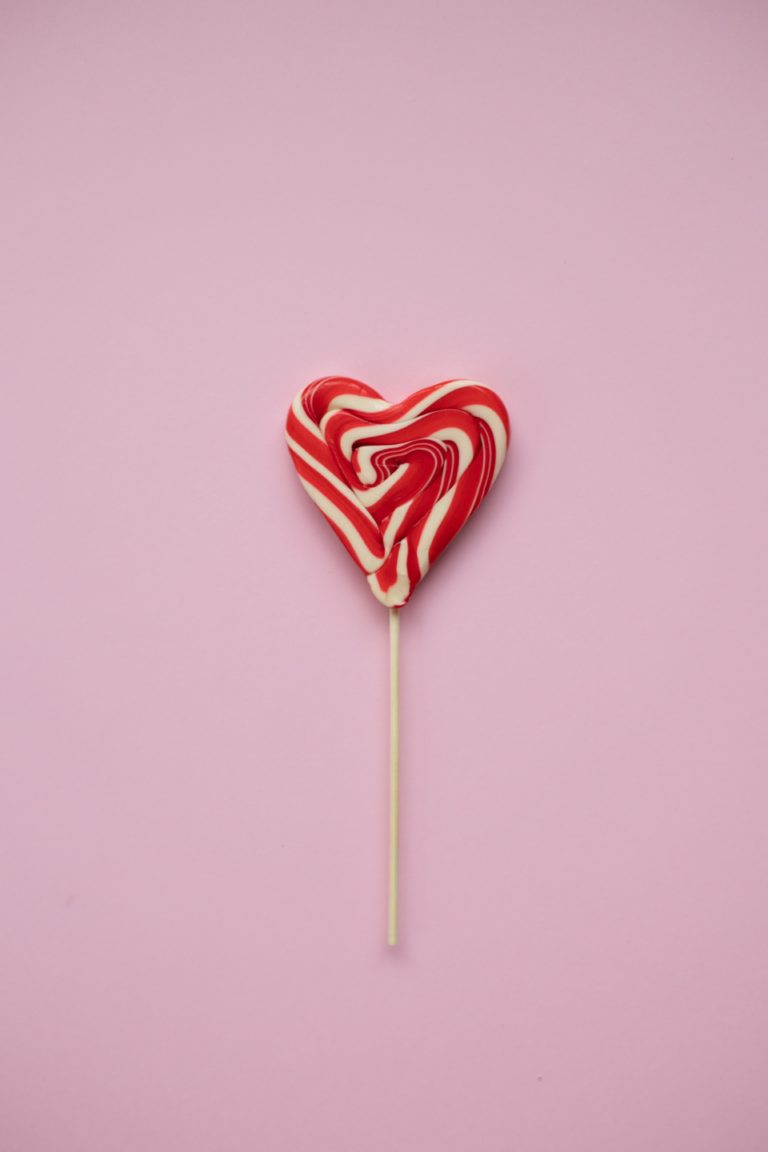What is Sublimation?
The technical explanation is this: “sublimation” involves a substance that changes from a solid to a gas without ever becoming liquid.
For Dye Sublimation (making products with ink), It’s the process where images are printed on specialty coated paper,with special ink, then transferred to a specifically coated surface or substrate. Where they will be heated to complete the process.
Unlike conventional inks, sublimation inks are converted directly from a solid to gas under heat and pressure, causing them to bond with the fibers of synthetic materials, like polyester. The molecules of ink revert to a solid state upon cooling, permanently coloring the surface of polyester.
Why is this something I want to use for my art?
For me it was one magic word, colors! With sublimating I can “print” in full color and transfer that onto items while still keeping the integrity of my artwork. Theres a reason I named my art business “Ablaze in color”.
My intention with sublimation is to make my art more portable and put it into functional items and clothing to expand my market.

Sound great! What do i need to get started?
- Sublimation printer– This will need to be dedicated for sublimating. You cannot print regular ink and sublimation ink frim the same printer. There are some printers already made for sublimation, and some that can be converted, I will not list all of them in this post, but please do your research before buying a new printer. (Not every printer works for this process.) Sawgrass and Epson both carry sublimation printers, and many Epson ET (Eco tank) printers can be converted.
- Sublimation ink– DO NOT install regular printer ink in your printer if you intend to use it for sublimation. You need to get specific ink for this process. There are many available to choose from. I use Hippo brand ink, and get mine on Amazon.
- Sublimation paper-This is a specially coated paper that works with the ink to make it transferable to your items.
- Heat press– There are many sizes and styles of presses to choose from. Specialty presses for mugs and hats are av as well. Start with what works best for your budget and business plan. I have not branched out into mugs yet because the presses can be expensive.
- protective paper such as butcher paper, builders paper, or similar. this is to prevent ink transfer to the press, and to prevent ink transfer from one job to the next. Do not use paper with coatings or dyes. Use a clean sheet with each print.
- Blank items to sublimate on– Polyester fabrics or specially coated items must be used and can be found in a variety of locations.
- Images to use- You can create your own images with design programs or photographs, or purchase images from sellers on online marketplaces. There are also free images available.*Do your research on copyright laws before using any images you did not create.*
What are the drawbacks of sublimation printing?
The main drawbacks of dye Sublimation is that there are limits to what you can print on.
Sublimation is a dye process and doesn’t print white. I mean, if you think about it, there really isn’t a way to dye something white anyway. So, if you want to use a dark colored shirt, or a black shirt, technically it WILL dye it, but you wont see it very well, if at all.
Its kind of like a highlighter marker you can write on dark paper, and the ink is there, but you will not see it.
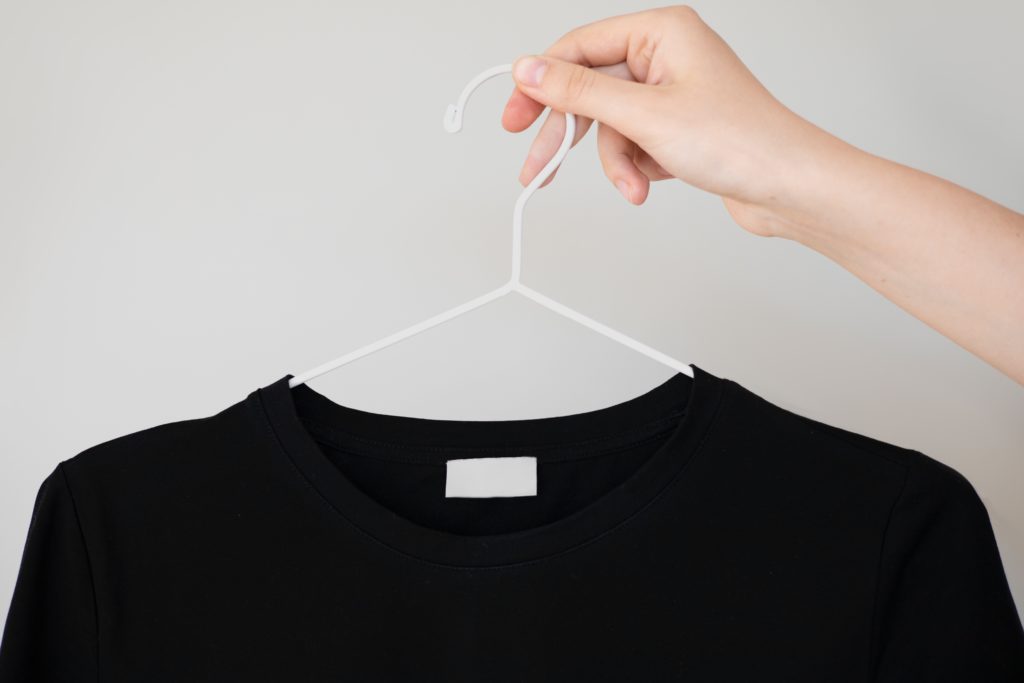
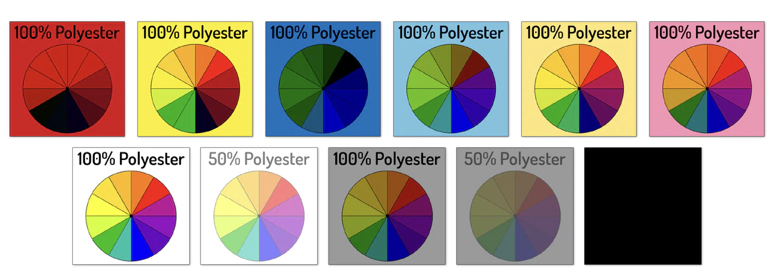
The other limiting factor is the material of the items you are sublimating on.
The ink will only have its chemical reaction with polyester fabrics. The ink fuses to these fibers and creates the design. If you use a 100% cotton item the ink will appear light and faded and will wash out. It is recommended to use fabrics with at least 65% polyester for best results and color appearance. Whatever the polyester content is that is the amount if ink that will be permanent. A helpful guide can be found here: https://www.debbiedoesdesign.com/blogs/posts/sublimation-colors
There are poly acrylic sprays that claim to be ok to use to make cotton hold color, but these can be irritating to the skin and still wash out over time. Do your research before using any chemicals to prep your items.
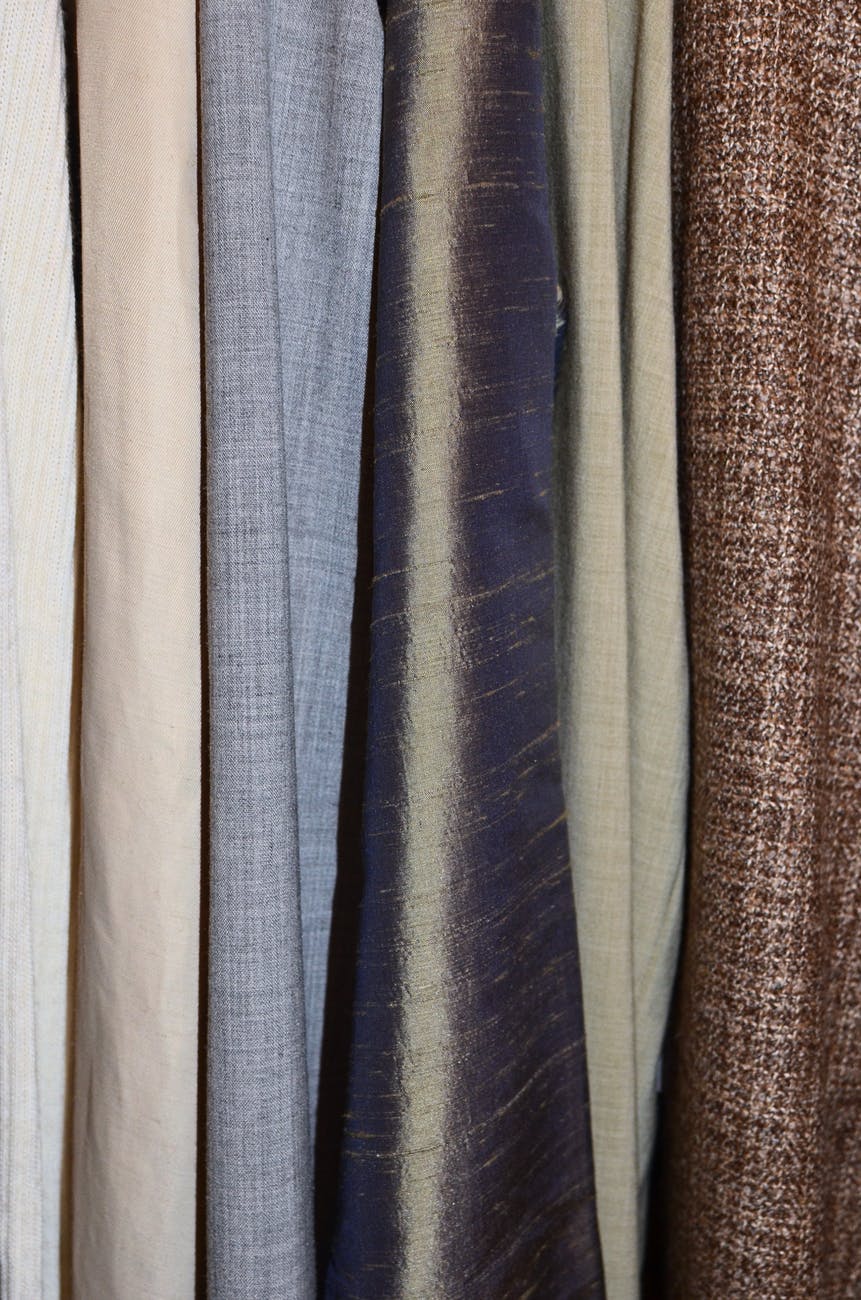
What about other non-fabric items?
Printing with sublimation only works on products coated with a translucent or a white polyester paint or polyurethane coating.
Once coated, images can be imprinted on by means of sublimation transfer. This coating can be applied to materials such as ceramic and aluminum. You cant pick up ”blanks” anywhere and expect them to work with this process. they must be coated for sublimation. sprays and brush on polymers are available and many places sell pretreated items to use.
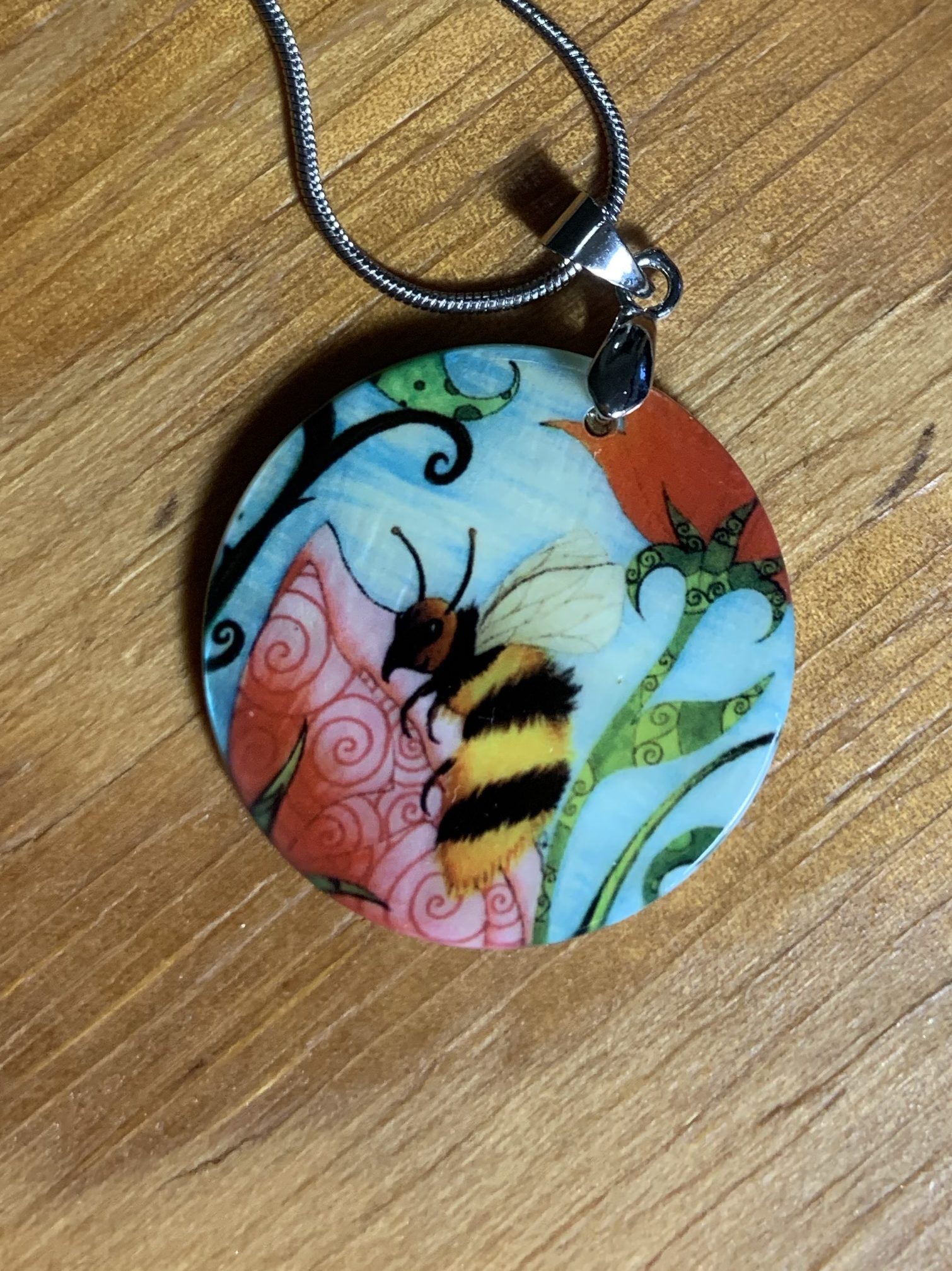

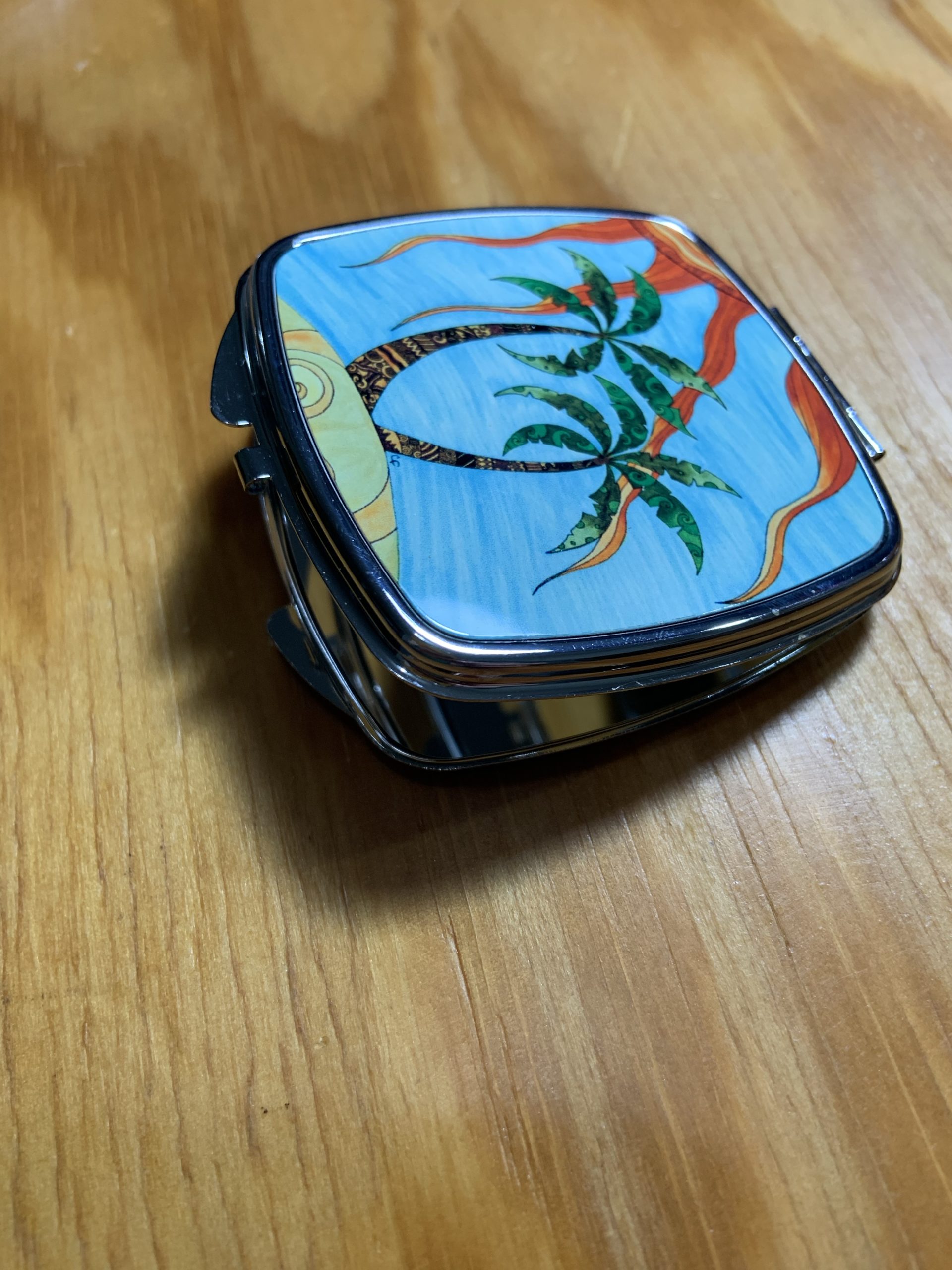
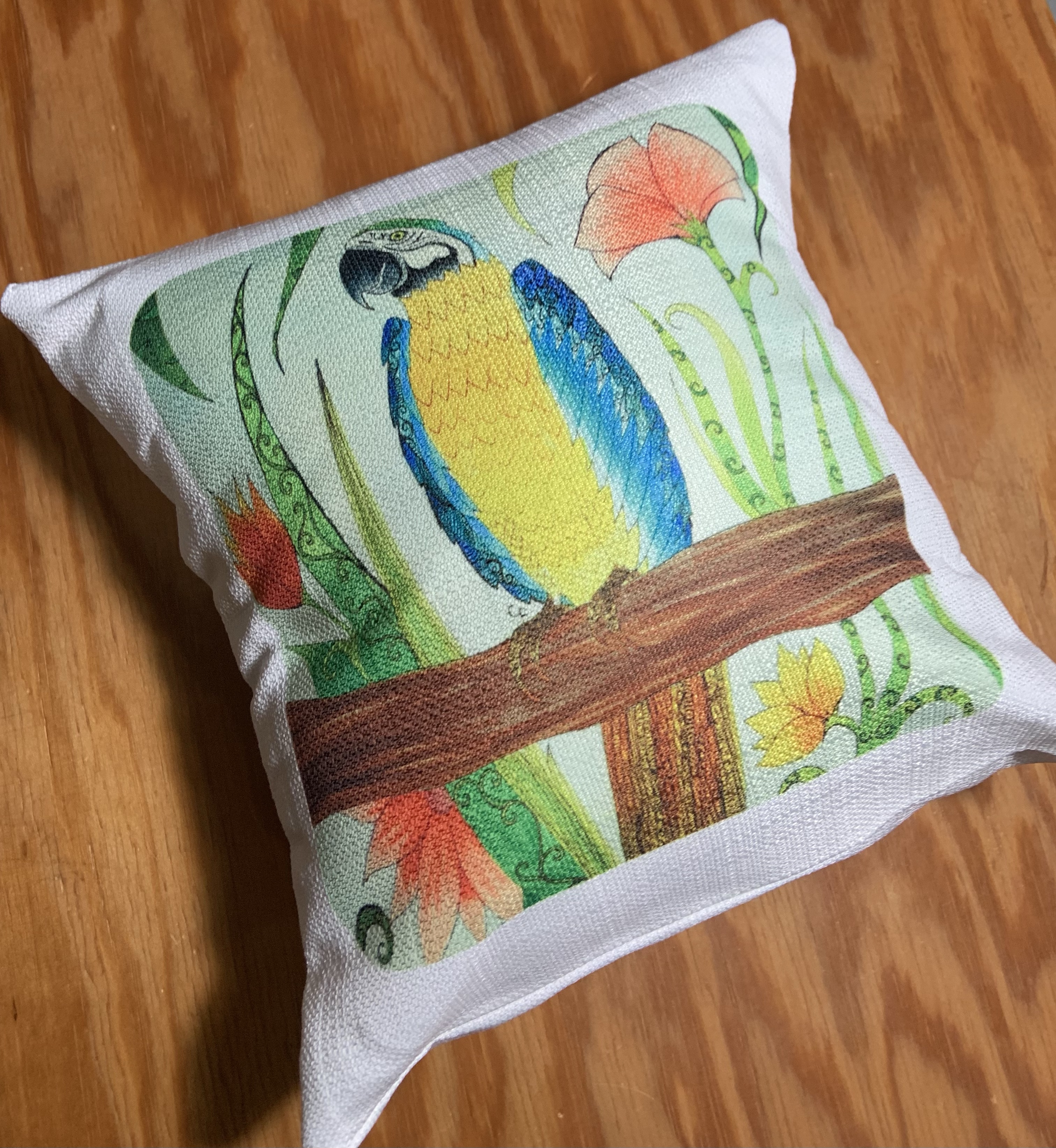

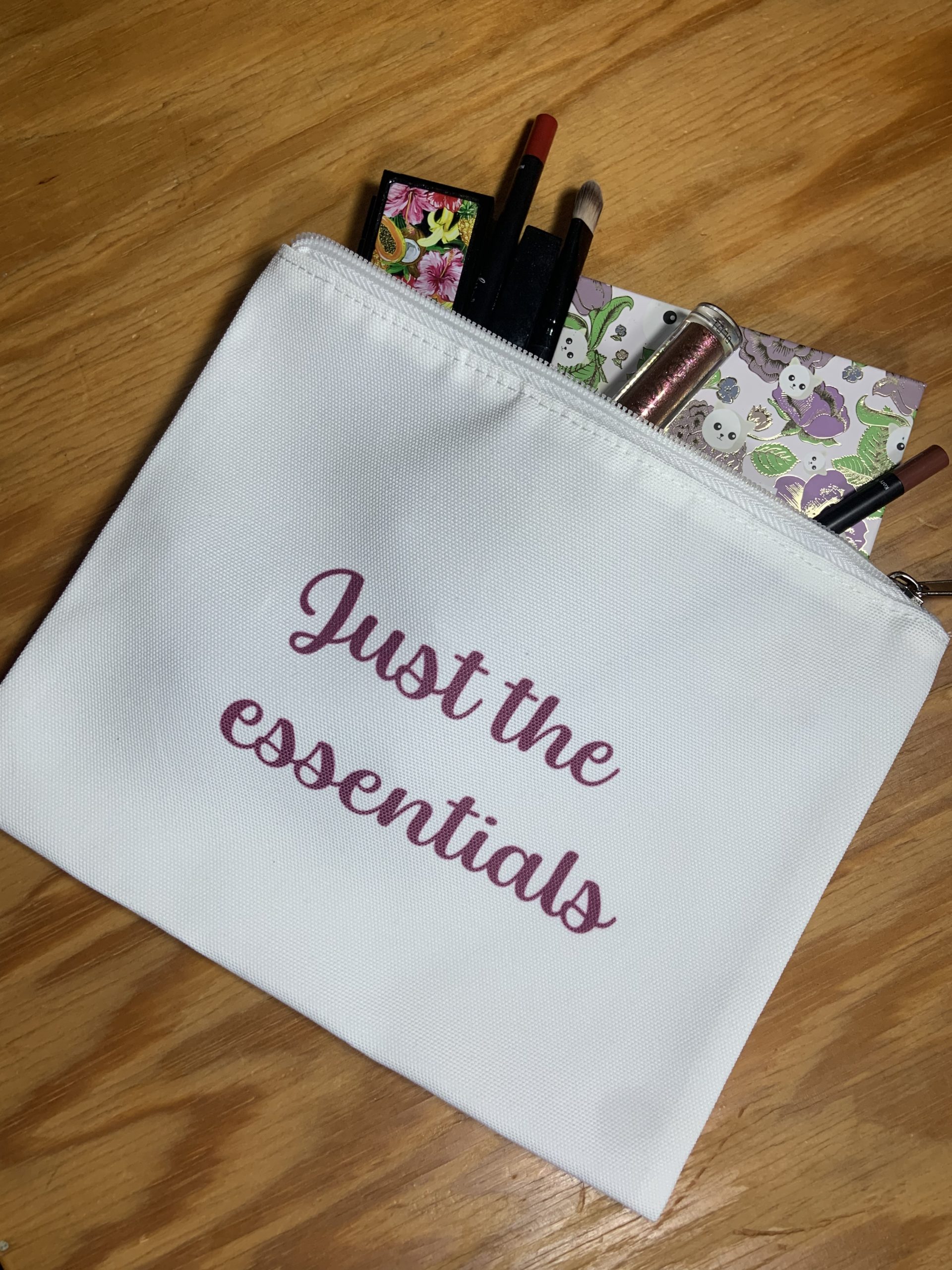




 One thing you will rarely catch me without when I am outdoors (aside from drink apparently) is a hat! I love traveling and visiting restaurants and breweries, and many have fantastic outdoor patios! This post will be a mix of some of my favorite places, AND my favorite hats!…
One thing you will rarely catch me without when I am outdoors (aside from drink apparently) is a hat! I love traveling and visiting restaurants and breweries, and many have fantastic outdoor patios! This post will be a mix of some of my favorite places, AND my favorite hats!…